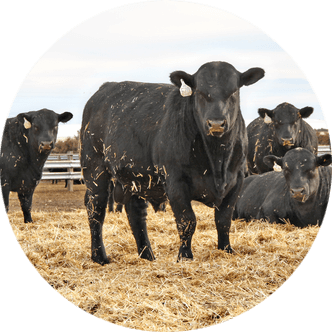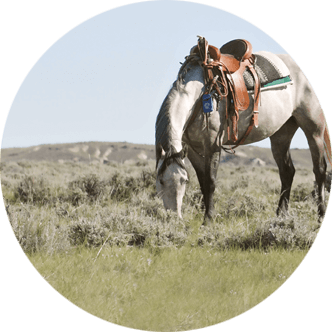It was a Good News Week
It’s not often agriculture has a week where good news abounds, but this was the case last week.
On Nov. 17, the Environmental Protection Agency (EPA) and the U.S. Army Corps of Engineers came out with a new proposed rule to redefine Waters of the U.S.
It all started when Congress passed the Clean Water Act (CWA) and the EPA recognized a chance to regulate America’s waters. They went overboard, especially with wetlands.
This action hurt agriculture, communities and municipalities with government overreach.
The fear instilled in everyone is if the EPA thought a person was disturbing a wetland or other body of water, they would impose a fine of thousands of dollars a day or give jailtime and then take them to court for noncompliance of the CWA.
A large attempt to fight this came in 2007 when Michael and Chantel Sackett bought 0.63 acres of land near Priest Lake, Idaho, where they wanted to build a home. The EPA intervened, asserting the property contained federally-protected wetlands under the CWA. The EPA ordered the Sacketts to cease their construction and restore the site to its original condition.
The Sacketts went to court against the EPA and ultimately ended up in the U.S. Supreme Court, which ruled the EPA had severely overreached the CWA.
The court ruling restricts the EPA’s ability to regulate many wetlands which do not have a direct and continuous connection to larger bodies of water and also reduces federal oversight of groundwater.
We’ve all been waiting since the 2023 Sackett vs. EPA ruling, as every time we do something with water, we have to hire a lawyer or consultant to determine whether a water feature on private land is federally regulated. It’s been a confusing, fearful experience.
The new ruling really defines terms in the CWA and there is a new exclusion for groundwater.
They say the proposed ruling will soon be published in the Federal Register, starting a 45-day comment period, then there will be a number of comment periods. Once the rule is finalized, it should take effect around 60 days after publication in the Federal Register and everyone hopes to have a new final rule as early as late February 2026.
Another piece of good news appeared in Drovers magazine, in an article outlining how three experts in beef and cattle marketing said prices of cattle and beef products will continue to rise or stay as they are.
One of the panel members, Oklahoma State University Extension Livestock Specialist Derrell Peel, said, “Recent comments from Washington, D.C. suggest cattle and beef prices are too high, but the current price levels make sense when viewed in context. There’s always a speculative element to these markets. This means there’s always an opportunity to push prices a little high, and we can certainly see temporary corrections because of it. But, fundamentally, I don’t think we were too high. This market has very strong underlying foundations for why we’re where we are right now.”
Based on supply and demand, the panel expects these prices to continue through the end of the decade.
It’s been a good week – we’ll take it.





